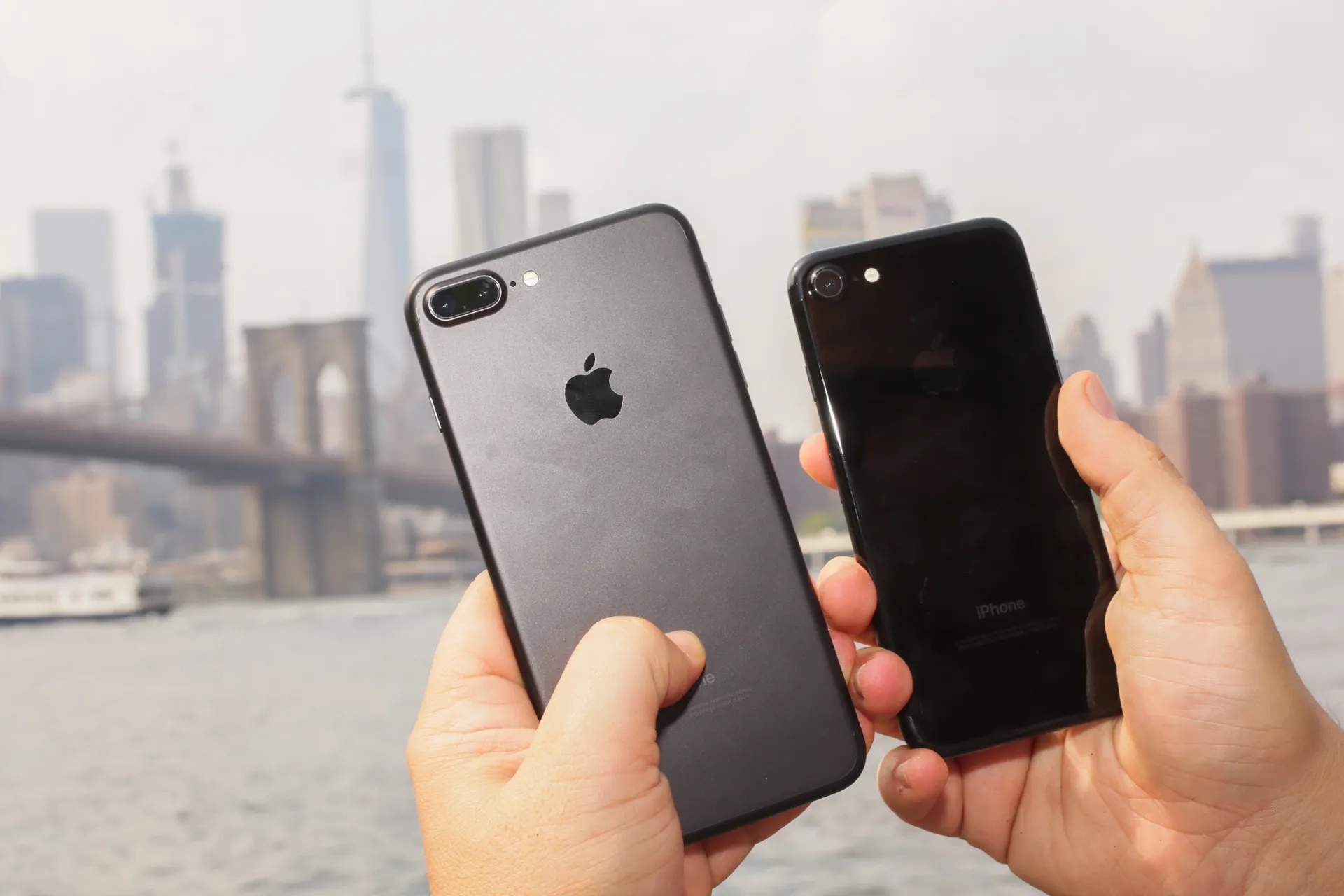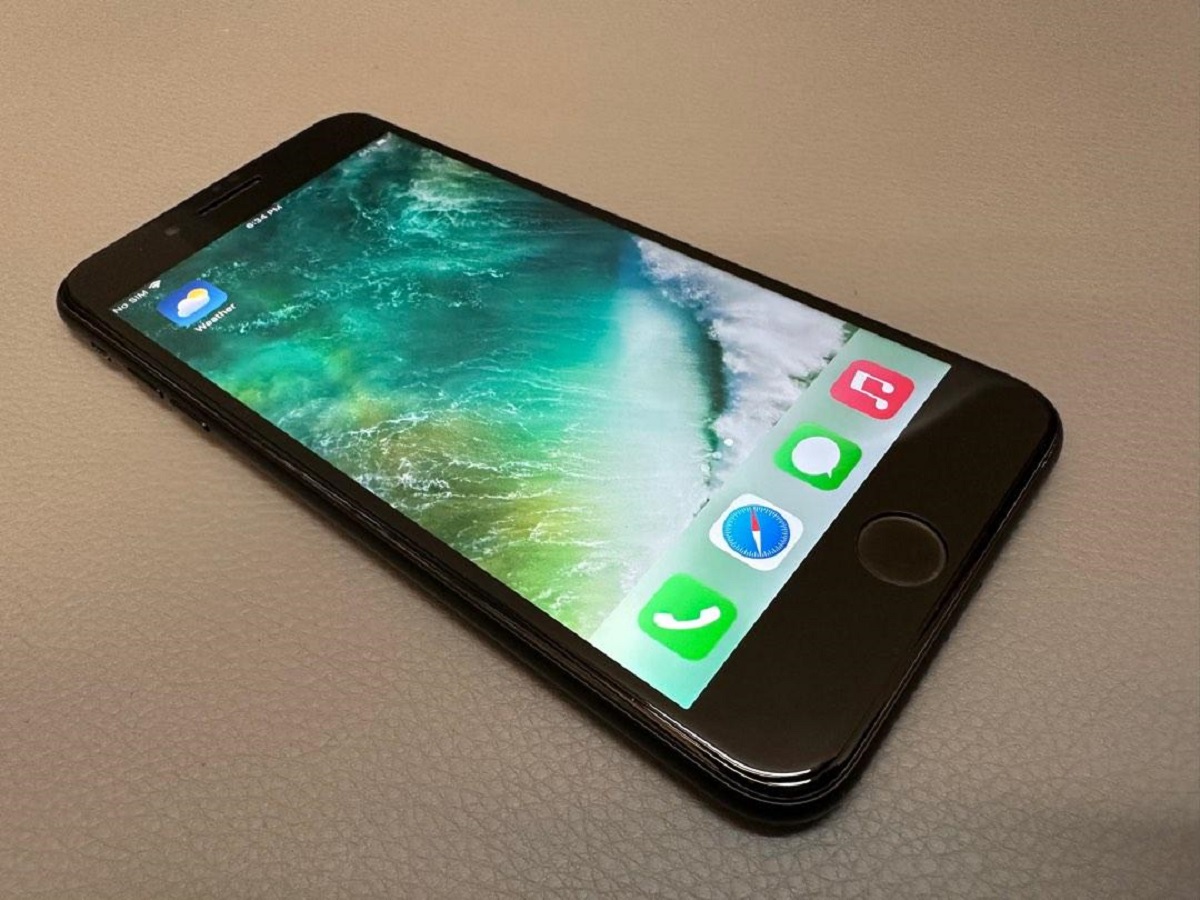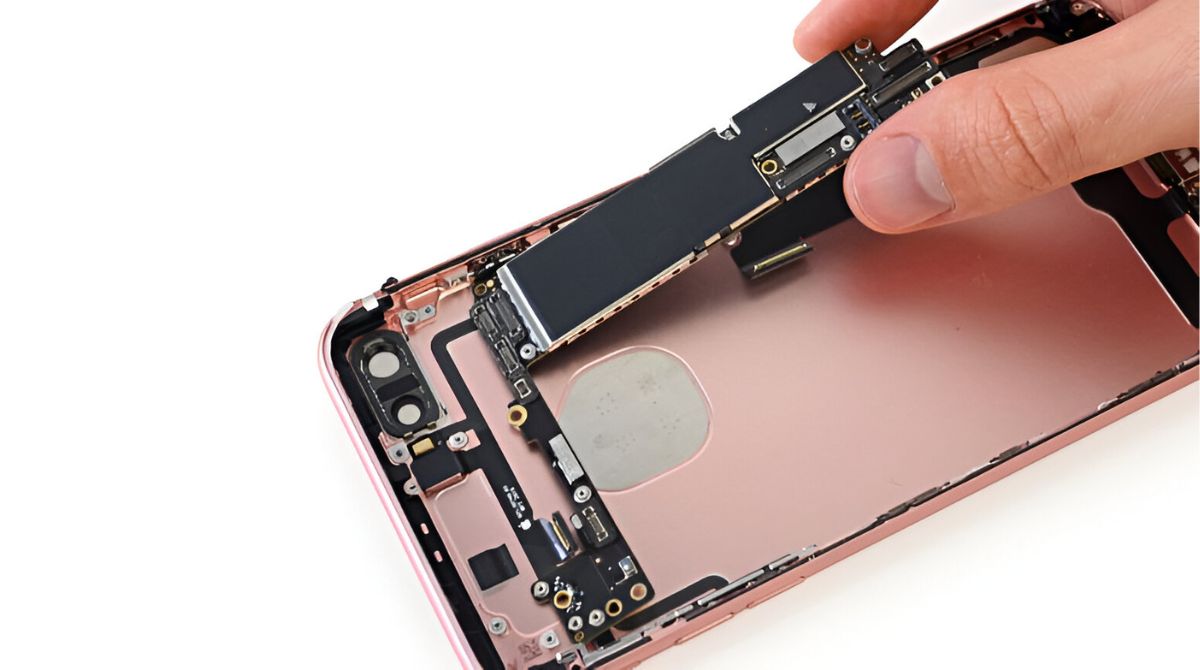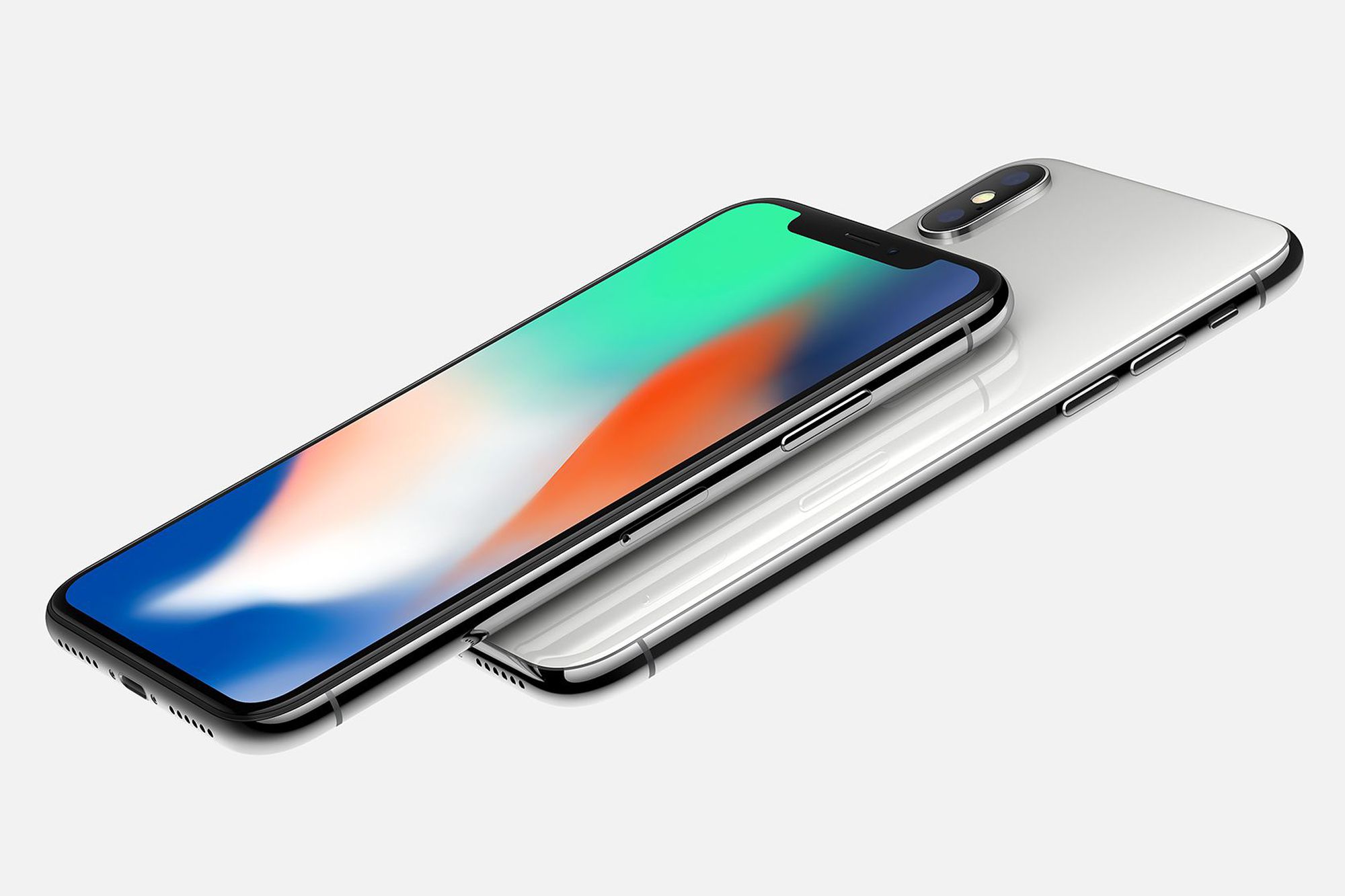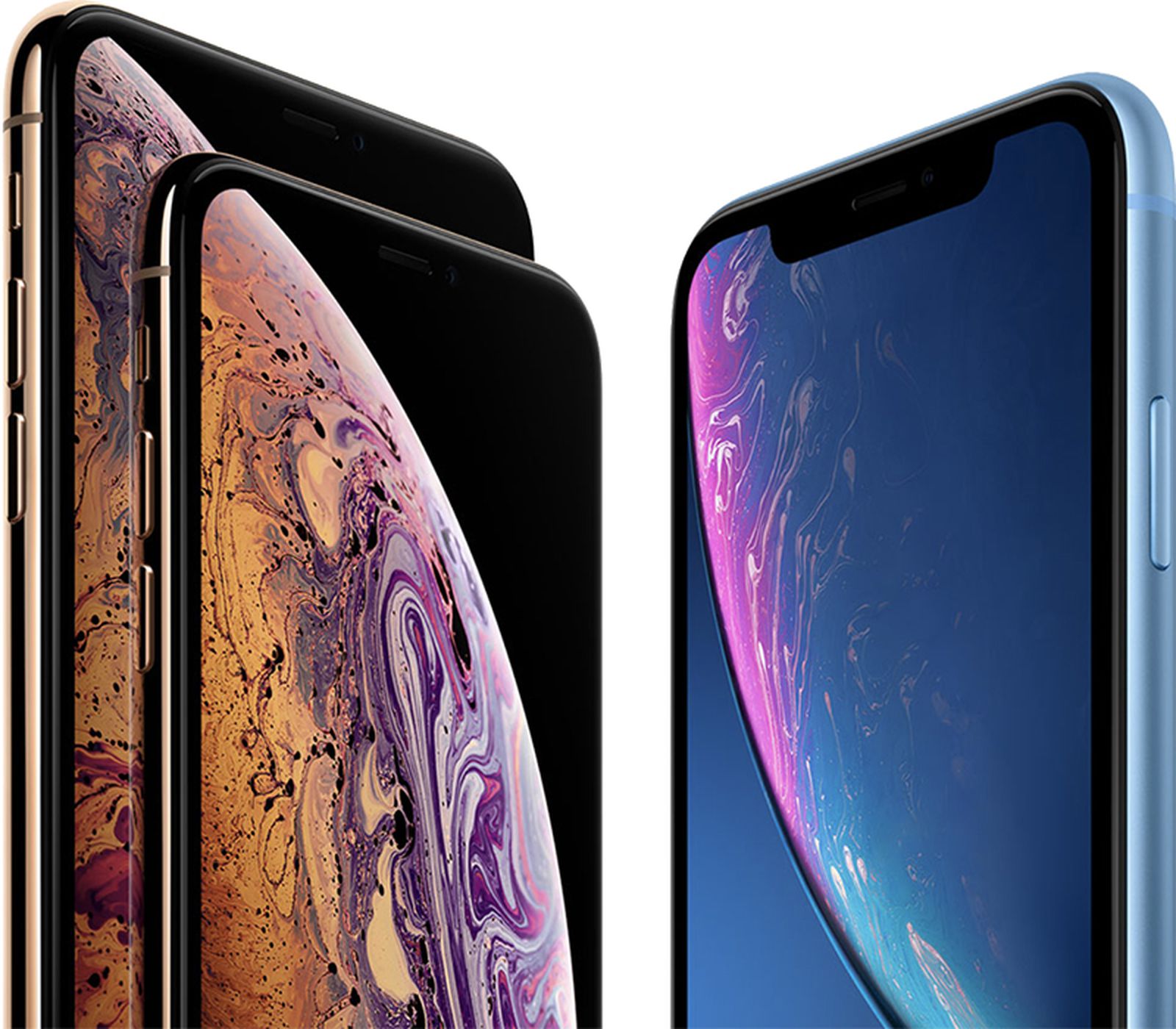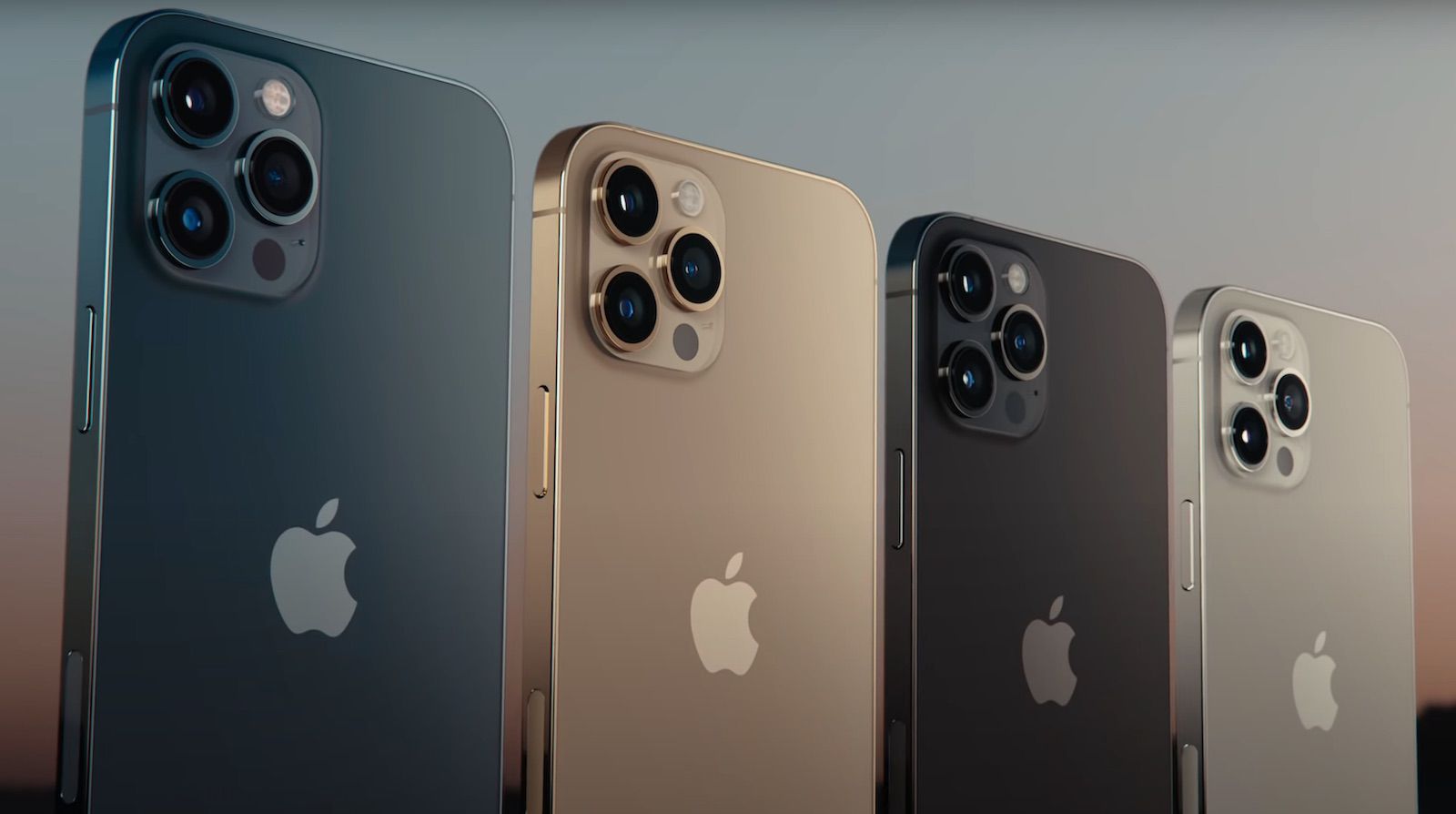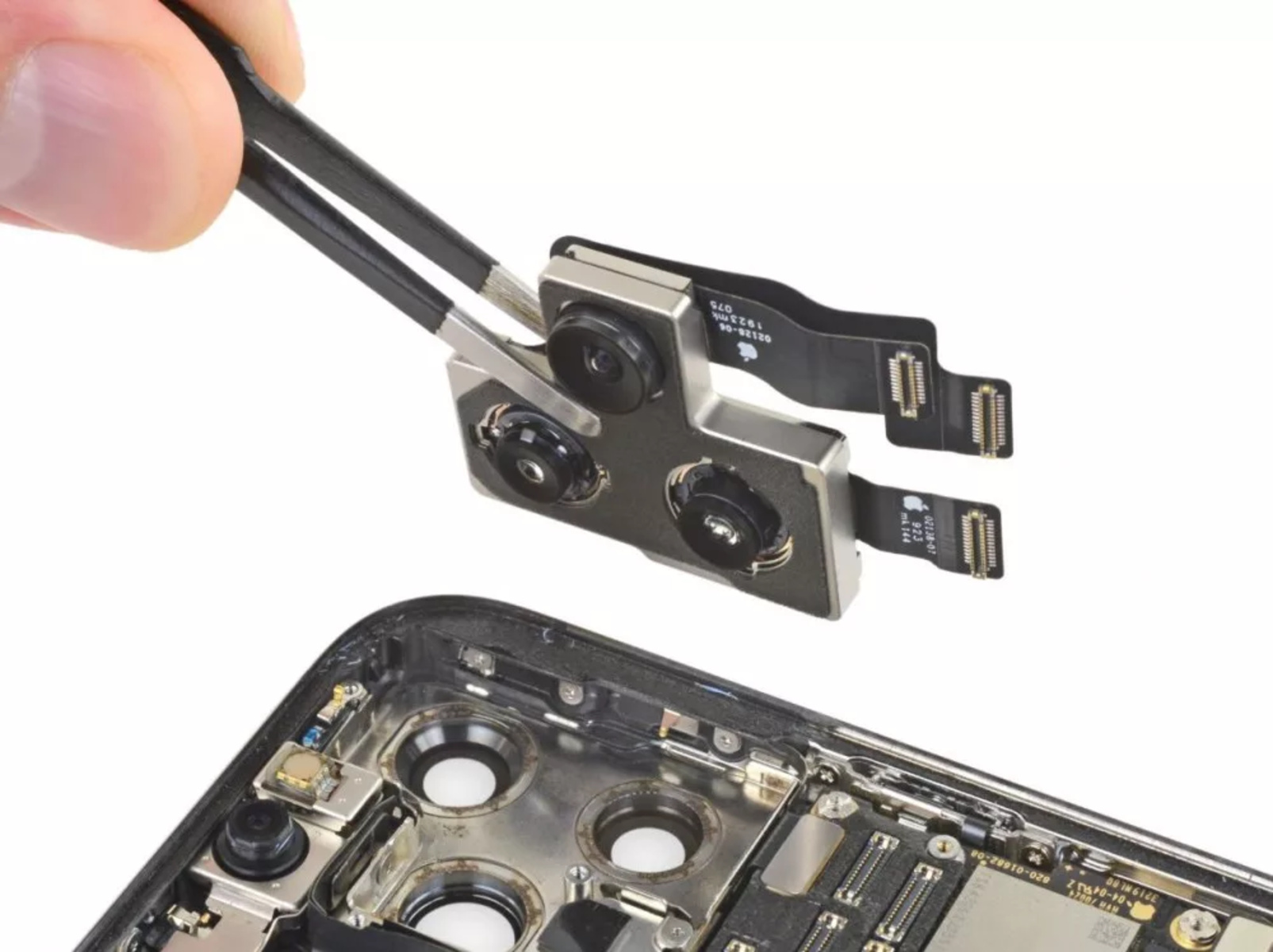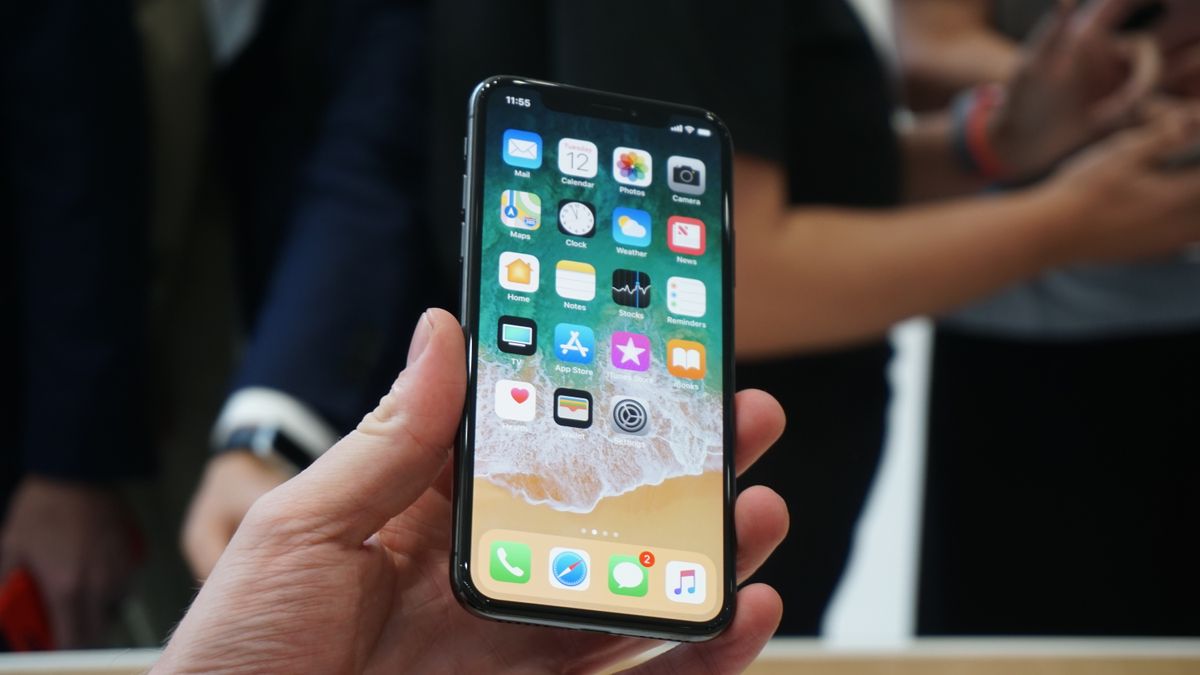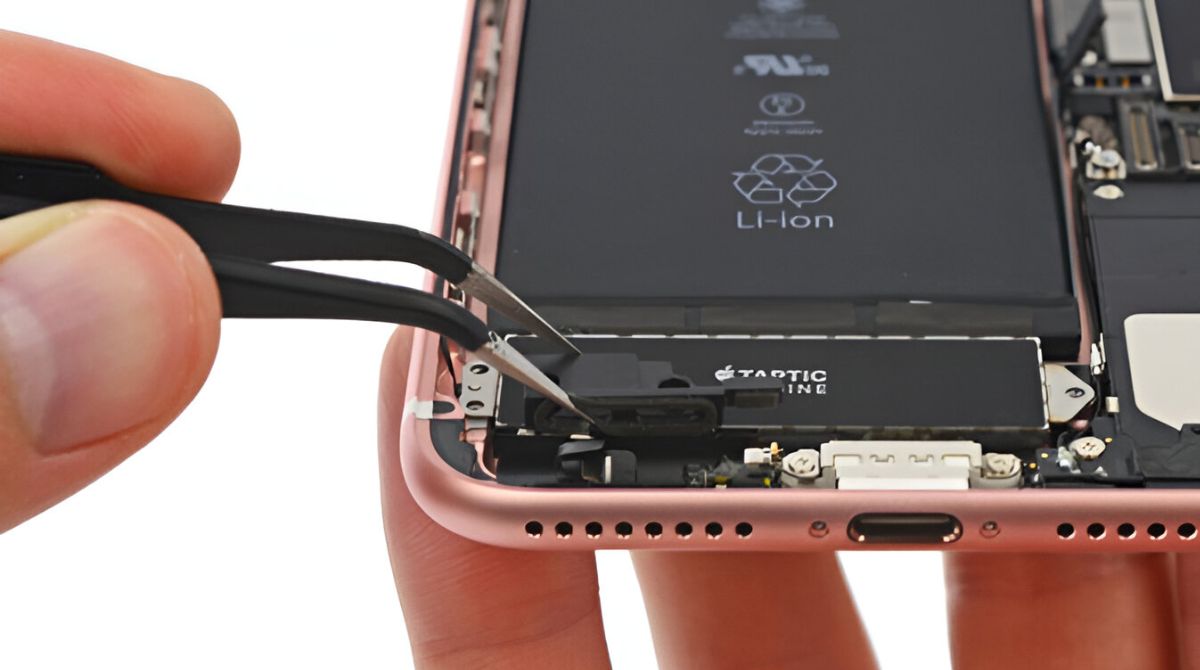Introduction
When it comes to smartphones, Apple’s iPhone lineup has consistently been a top choice among consumers for its sleek design, advanced features, and powerful performance. One important component that plays a crucial role in the performance of any smartphone is the RAM, or Random Access Memory. RAM acts as a temporary storage space for data that is actively being used by the device, ensuring smooth multitasking and efficient operation.
In the ever-evolving world of technology, where applications and processes are becoming more resource-intensive, having sufficient RAM is essential. It allows the device to handle multiple tasks simultaneously without experiencing lag or slowdowns. As mobile apps become more sophisticated and demanding, RAM has become a critical factor in determining the overall performance and user experience of a smartphone.
In this article, we will specifically focus on the RAM capabilities of the iPhone 7, one of Apple’s most popular models. We will delve into the importance of RAM, explore how much RAM the iPhone 7 offers, and compare it to other iPhones in the lineup. Additionally, we will discuss the limitations of RAM and its impact on the overall performance of the device.
RAM in iPhones
Understanding the role of RAM in iPhones is essential to grasp its significance in the overall device performance. RAM acts as a buffer, allowing the device to store and access data quickly, providing the necessary resources for running applications and processes.
Over the years, Apple has made advancements in RAM technology to keep up with the evolving demands of mobile applications. With each new iPhone release, Apple has consistently increased the RAM capacity to ensure optimal performance and smooth user experience.
For iOS devices, including iPhones, the operating system and apps use RAM to execute tasks efficiently. When you open an application, it gets loaded into RAM, allowing the CPU to access and process the data quickly. The more RAM an iPhone has, the smoother it can handle multiple apps simultaneously without any noticeable lag or slowdown.
RAM also has a direct impact on multitasking capabilities. It determines the number of apps that can remain open in the background without being refreshed when switching between them. Higher RAM capacity enables iPhones to keep more applications running in the background, ready for quick access.
Aside from performance benefits, RAM also contributes to better overall stability. With sufficient RAM, iOS can keep critical background processes running without interruption, ensuring a seamless user experience throughout the device’s usage.
RAM in the iPhone 7
The iPhone 7, released by Apple in 2016, brought several improvements over its predecessor, including advancements in RAM technology. Although the iPhone 7 may not have the highest RAM capacity compared to the latest iPhone models, it still offers an ample amount of memory to ensure efficient performance.
The iPhone 7 is equipped with 2 GB of RAM. While this may seem modest compared to the higher RAM capacities found in newer iPhones, it is important to note that Apple optimizes its hardware and software to work seamlessly together. This allows the iPhone 7 to deliver exceptional performance and efficient memory management, despite having a lower RAM capacity.
With 2 GB of RAM, the iPhone 7 is capable of handling everyday tasks smoothly. It can effortlessly run multiple apps simultaneously without experiencing significant lag or slowdowns. From browsing the web to messaging friends, streaming media, and using productivity tools, the iPhone 7 provides a responsive and fluid user experience.
Furthermore, thanks to Apple’s efficient optimization, the iPhone 7’s 2 GB of RAM is enough to handle the demanding requirements of the iOS operating system and most popular applications with ease. This means that users can enjoy features like split-screen multitasking and quick app switching without sacrificing performance.
While having more RAM can certainly provide advantages in terms of handling more demanding apps and graphics-intensive tasks, the iPhone 7 strikes a balance between performance and cost-efficiency. By utilizing advanced hardware and software integration, Apple ensures that the iPhone 7 delivers a reliable and smooth user experience despite its relatively lower RAM capacity.
The Importance of RAM
RAM plays a vital role in the overall performance and usability of smartphones, including iPhones. It is a key component that directly impacts the device’s ability to handle tasks efficiently, ensuring a smooth and responsive user experience.
One of the primary reasons why RAM is crucial is its role in multitasking. With the increasing number of apps and processes running simultaneously on smartphones, having sufficient RAM is essential. It allows users to switch seamlessly between applications, keeping multiple apps open in the background without experiencing a significant drop in performance.
RAM also helps in improving the speed and responsiveness of applications. When an app is launched, it gets loaded into RAM for quick access, reducing load times and providing a snappy user interface. This is particularly important for resource-intensive applications like gaming, video editing, and augmented reality, where a higher RAM capacity can significantly enhance the user experience.
Another significant benefit of ample RAM is its effect on battery life. When an iPhone has enough RAM, it can efficiently manage background processes and keep applications in a suspended state, reducing the need for constant refreshing and reloading. This results in better power efficiency and longer battery life, as the device doesn’t have to work as hard to access data and resources.
Furthermore, RAM serves as a temporary workspace for the device’s operating system. It stores critical system files and resources, allowing for faster access and smooth operation. Ample RAM ensures that the operating system has enough room to allocate memory for background processes, system services, and other essential tasks, ultimately improving the overall stability and performance of the device.
In summary, RAM is a crucial component in smartphones like the iPhone. It is responsible for multitasking capabilities, app performance, battery efficiency, and overall device stability. While having more RAM generally provides more headroom for handling resource-intensive tasks, Apple’s optimization ensures that even iPhones with relatively lower RAM capacities can deliver exceptional performance and an excellent user experience.
How Much RAM Does the iPhone 7 Have?
The iPhone 7, released by Apple in 2016, is equipped with 2 GB of RAM, which is still the base standard for many modern smartphones. While it may seem relatively lower compared to the higher RAM capacities found in newer iPhone models, Apple’s optimization ensures that the iPhone 7 performs exceptionally well with its limited RAM capacity.
Although 2 GB of RAM may not sound like much when compared to other smartphones on the market, it is important to note that Apple focuses on the seamless integration of its hardware and software. This ensures efficient memory management and optimal performance, allowing the iPhone 7 to handle everyday tasks smoothly.
With 2 GB of RAM, the iPhone 7 offers enough memory to run multiple apps simultaneously without experiencing significant lag or slowdowns. Users can easily switch between applications, browse the web, watch videos, and use various productivity tools without any noticeable performance issues.
While newer iPhone models may offer higher RAM capacities to handle more demanding tasks, the iPhone 7 strikes a balance between performance and cost-efficiency. Apple’s optimization practices help mitigate the need for excessive RAM, ensuring that the device continues to deliver a reliable and responsive user experience.
It is worth mentioning that the optimization practices implemented by Apple also extend to the iOS operating system and its applications. The iOS ecosystem is designed to be resource-efficient, utilizing RAM effectively and optimizing system resources for smooth functionality.
In summary, while the iPhone 7 may have a lower RAM capacity compared to some newer models, it still offers sufficient memory to ensure seamless multitasking and efficient performance. Apple’s optimization practices and the streamlined nature of the iOS ecosystem contribute to the overall smoothness and reliability of the iPhone 7, making it a capable device for everyday tasks.
RAM Comparison with Other iPhones
When comparing the RAM capacity of the iPhone 7 to other models in the iPhone lineup, it is important to consider the advancements made by Apple over the years in terms of both hardware and software optimization.
Starting with the iPhone 6 and 6 Plus, Apple introduced 1 GB of RAM, which was considered adequate at the time for the iOS ecosystem. With the release of the iPhone 6s and 6s Plus, Apple doubled the RAM capacity to 2 GB. This increase allowed for better multitasking capabilities and an overall smoother user experience.
The iPhone 7, as we’ve mentioned earlier, also houses 2 GB of RAM. This remained consistent across the standard iPhone 7, as well as the larger iPhone 7 Plus variant. Despite the higher demands of modern applications, the iPhone 7’s hardware and software optimization ensure remarkable performance even with this relatively lower RAM capacity.
With the subsequent iPhone releases, Apple has continuously increased the RAM capacity. The iPhone 8 and 8 Plus, for example, saw a bump to 2 GB and 3 GB of RAM, respectively. The iPhone X, released alongside the iPhone 8 series, also boasted 3 GB of RAM, which further supported the device’s advanced features and high-resolution display.
In recent years, Apple’s flagship models have featured even higher RAM capacities. The iPhone XS, XS Max, and XR all come with 4 GB of RAM, providing even more room for handling resource-intensive tasks and applications.
It is important to note that while having more RAM can offer advantages in terms of handling more demanding tasks, Apple’s optimization practices ensure that iPhones with lower RAM capacities, like the iPhone 7, still provide excellent performance. The seamless integration of hardware and software allows iPhones to deliver a smooth and responsive user experience, regardless of the RAM capacity.
Overall, the RAM capacity of iPhones has steadily increased over the years to meet the growing demands of mobile applications. While newer models offer higher RAM capacities, older models like the iPhone 7 continue to deliver exceptional performance and reliability, thanks to Apple’s optimization techniques.
RAM Limitations
While RAM is a crucial component for overall device performance, it also has its limitations. Understanding these limitations can provide insight into why higher RAM capacities aren’t always necessary for every user.
One primary limitation of RAM is its physical hardware constraints. Smartphone manufacturers need to strike a balance between performance, cost, and battery efficiency. Increasing RAM capacity requires additional physical memory chips, which can result in higher manufacturing costs and potentially impact the device’s battery life.
Another limitation is the diminishing returns of increased RAM for everyday smartphone usage. While higher RAM capacities certainly have advantages in handling more demanding applications and tasks, the average user may not necessarily require an excessive amount of RAM for their daily activities, such as browsing the web, social media, and basic productivity tasks.
Furthermore, device optimization also plays a significant role in mitigating the impact of limited RAM capacities. Companies like Apple heavily optimize their hardware and software to work together seamlessly, ensuring efficient memory management and optimal performance. This means that even devices with lower RAM capacities, like the iPhone 7, can deliver exceptional performance due to intelligent resource allocation and management.
It is worth noting that iOS also has built-in mechanisms to manage RAM effectively. The operating system monitors and prioritizes app usage, allocating and releasing memory as needed. This helps prevent unnecessary memory usage and ensures the device continues to perform optimally without being heavily reliant on high RAM capacities.
However, it is important to acknowledge that certain use cases can benefit from higher RAM capacities. Tasks such as video editing, graphic-intensive gaming, and augmented reality applications can significantly benefit from more available memory. Higher RAM allows for smoother rendering, faster processing, and improved overall performance in such scenarios.
Ultimately, the need for higher RAM capacities largely depends on individual usage patterns and requirements. While some users may find it beneficial to have more RAM for their specific needs, others may find that devices with lower RAM capacities like the iPhone 7 can still provide a satisfactory experience for their everyday tasks.
By striking a balance between performance, cost, and optimization, smartphone manufacturers can ensure that their devices deliver efficient and reliable performance without necessarily requiring excessive RAM capacities.
Conclusion
The RAM capacity of a smartphone, such as the iPhone 7, plays a critical role in its overall performance and user experience. While the iPhone 7 may have a relatively lower RAM capacity compared to newer models, Apple’s hardware and software optimization techniques ensure that it continues to deliver exceptional performance and reliability.
With 2 GB of RAM, the iPhone 7 is capable of handling everyday tasks with ease. It offers smooth multitasking, efficient app performance, and a responsive user interface. Apple’s seamless integration of hardware and software allows the iPhone 7 to deliver a smooth and reliable experience despite its limitation in RAM capacity.
Although higher RAM capacities can provide advantages for resource-intensive tasks, it’s important to consider individual usage patterns and requirements. For many users, the 2 GB of RAM in the iPhone 7 is sufficient to meet their needs, from browsing the web to using productivity applications.
The optimization practices implemented by Apple also extend to the iOS ecosystem, ensuring efficient memory management and resource allocation. This results in the iPhone 7 delivering a seamless user experience without the need for excessive RAM.
Furthermore, understanding the limitations of RAM is crucial. While higher RAM capacities can enhance specific tasks, the average user may not necessarily require extensive memory for their day-to-day usage. The iPhone 7 strikes a balance between performance, cost-efficiency, and battery life, making it a reliable choice for many.
In conclusion, the iPhone 7’s RAM capacity of 2 GB, when combined with Apple’s optimization efforts, provides users with a smooth, responsive, and reliable smartphone experience. Whether it’s everyday tasks or occasional resource-intensive usage, the iPhone 7 continues to prove itself as a capable device that meets the needs of a wide range of users.







